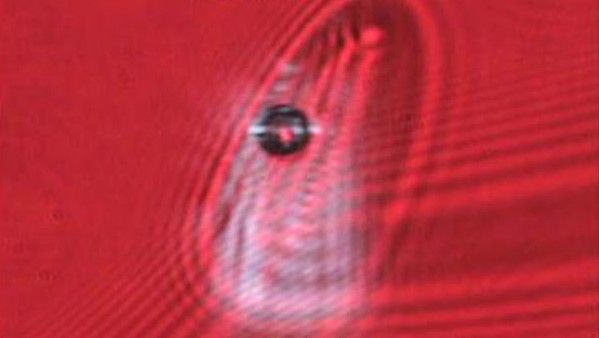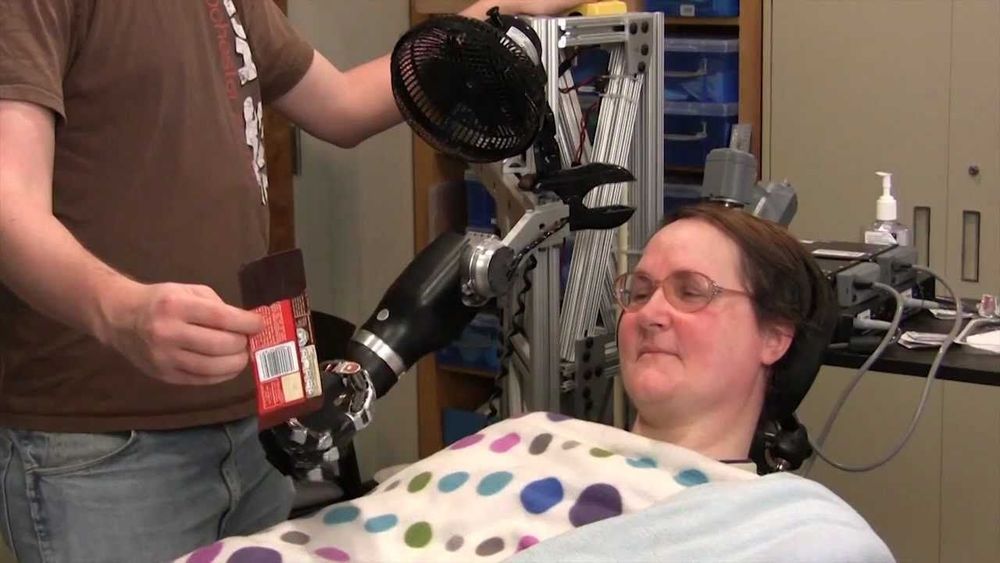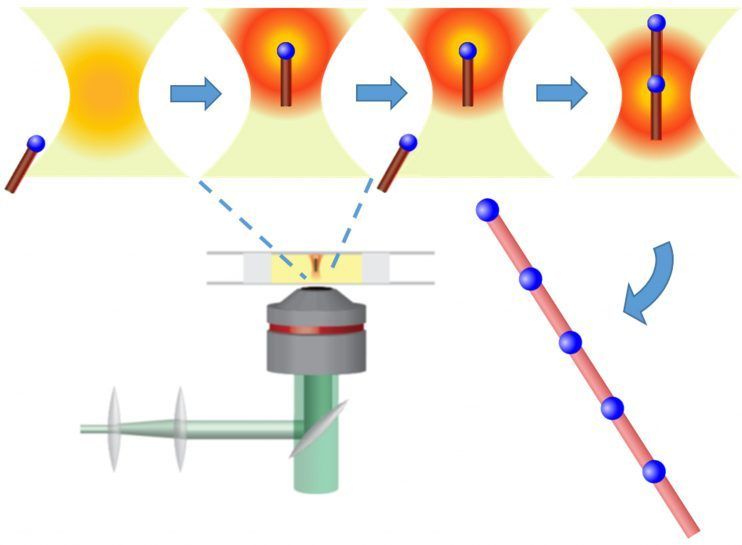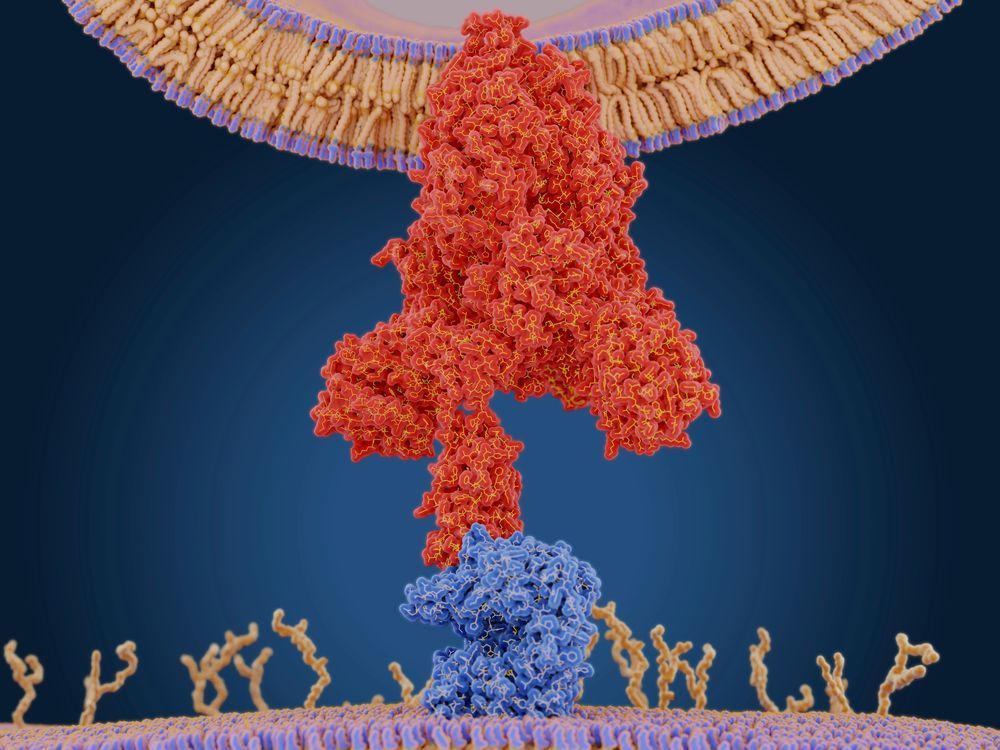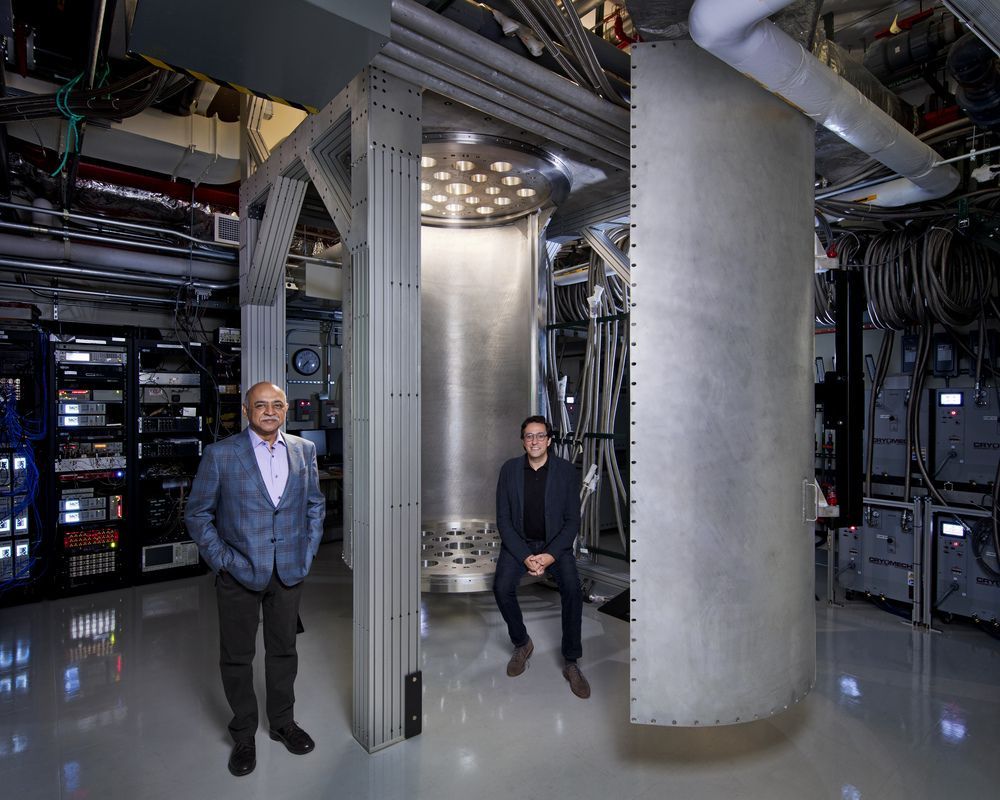Sep 18, 2020
Floating oil droplet contains hundreds of degenerate optical modes
Posted by Quinn Sena in categories: computing, quantum physics
“Hyperdegeneracy” could be used in quantum computing.
Microscopic oil droplets held aloft with optical tweezers can contain more than 200 resonant optical modes of similar energies, creating “hyperdegeneracy” for the first time. That is the claim of researchers in Israel, Spain and the US, who say that their breakthrough could ultimately find application in high-speed optical communications, sensing, quantum data processing and even the creation of dynamic optical circuits.
When optical materials with a high refractive index are formed into certain symmetrical shapes — such as rings, cylinders or spheres —light can be repeatedly reflected around the inside of the material, much in the same way that sound waves pass around the inside edge of St Paul’s Cathedral’s famous “whispering gallery”. The circulating light undergoes constructive interference, forming discrete resonant modes – or so-called degenerate states – with similar energies.
Continue reading “Floating oil droplet contains hundreds of degenerate optical modes” »
